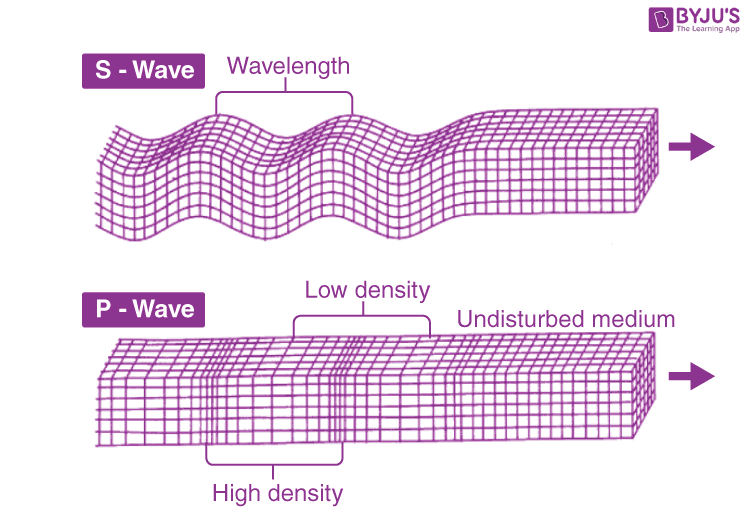


In contrast to children and adults, newborn sleep onset occurs through REM, not NREM, with each sleep episode consisting of only one or two cycles. Newborns have three different types of sleep: quiet sleep (similar to NREM), active sleep (similar to REM), and indeterminate sleep. Newborns sleep approximately 16-18 hours per day discontinuously, with the longest continuous sleep episode typically lasting 2.5 to 4 hours. Sleep timing in newborns is distributed evenly across day and night for the first few weeks of life, with no regular rhythm or concentration of sleeping and waking. The time spent in each sleep stage develops and changes as we age, with the consistent trend being that amounts of sleep decrease as individuals age. HA is released from histamine-containing neurons of the tuberomammillary nucleus of the posterior thalamus. The cell bodies of hypocretin-producing neurons are localized to the dorsolateral hypothalamus and send projections to all the major brain regions that regulate arousal. The noradrenergic cells of the LC inhibit REM sleep, promote wakefulness, and project to various other arousal-regulating brain regions, including the thalamus, hypothalamus, basal forebrain, and cortex. NE is released from norepinephrine-containing neurons of the locus coeruleus (LC). 5-HT is released from serotonin-containing neurons of the dorsal raphe nucleus. Cortical ACh release is greatest during waking and REM sleep and lowest during NREM sleep. Neurochemicals such as acetylcholine (ACh), dopamine (DA), norepinephrine (NE), serotonin (5-HT), histamine (HA), and the peptide hypocretin maintain the waking state. Adenosine also promotes sleep by inhibiting wakefulness-promoting neurons localized to the basal forebrain, lateral hypothalamus, and tuberomammillary nucleus. Sleep-promoting neurons in the anterior hypothalamus release GABA, which inhibits wake-promoting regions in the hypothalamus and brainstem. GABA is the primary inhibitory neurotransmitter of the central nervous system (CNS), and it has been well established that activation of GABA-a receptors favors sleep.


 0 kommentar(er)
0 kommentar(er)
